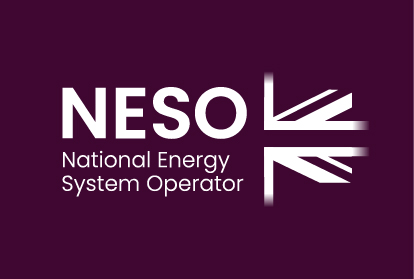NESO has historically used Least Worst Regret (LWR) analysis to identify the preferred long-term electricity transmission network reinforcement options based on potential futures provided by the Future Energy Scenarios (FES). LWR is regarded as “risk-averse” approach (avoiding risk or uncertainty). NESO is moving from using a range of scenarios to a Single Strategic Energy Pathway (SSEP) for nearer term followed by a range of Future Energy Pathways (FEP) for long-term.
In the absence of multiple scenarios in the nearer term and with the need for anticipatory investments, LWR may not be the best decision-making tool. This project will appraise an array of analytical framework options, narrow down to those most promising for the CSNP, and undertake worked examples to conclude with the recommended tool and an implementation roadmap highlighting a suitable deployment path.
Benefits
The economic decision-making tools developed through this project will ensure that sufficient investment for electricity transmission network reinforcements is delivered on time to meet Net Zero targets. By addressing the complexities of a high uncertainty and high investment energy landscape, the tools will provide essential transparency, allowing stakeholders to make informed decisions with confidence.
Learnings
Outcomes
The project successfully delivered a recommendation for a Robust Bayesian Analysis decision-making framework for the economic assessment of future network transmission reinforcement options within the CSNP. It also provided outputs from a literature review comparing different candidate economic assessments using a SWOT (Strengths, Weaknesses, Opportunities, Threats) analysis.
Through an initial survey with NESO internal stakeholders, the project identified a key set of user requirements for the proposed assessment framework. The survey outputs were included in the final report and integrated into the comparative analysis to determine the best decision-making framework for CSNP economic assessment.
The project presented worked examples using anonymised real data to compare the existing Least Worst Regret (LWR) method with the proposed Robust Bayesian approach. It also outlined a clear implementation strategy for the recommended Robust Bayesian approach.
Compared to the existing LWR method, Robust Bayesian Analysis accounts for uncertainty in inputs by assigning probabilities. In the context of the CSNP, uncertainties relate to the future pathway of the UK energy system. To address this, costs associated with multiple scenarios can be estimated, with probabilities assigned to each scenario and associated regret calculated for that probability distribution.
The project outcomes were compiled into a final report which will be uploaded to the ENA Smarter Network Portal.
Lessons Learnt
Although it was identified early on that worked examples were a key deliverable requiring data sharing with external consultants, preparation of this data only began halfway through the project. The data needed to be anonymised for sharing. While the project was ultimately successful and delivered on time, addressing data preparation earlier could have mitigated unnecessary rushing. On a positive note, the project team from all parties met weekly, which helped clearly identify and address any outstanding issues promptly. Regular progress meetings and close monitoring of the project progress were instrumental in delivering the project on time.




